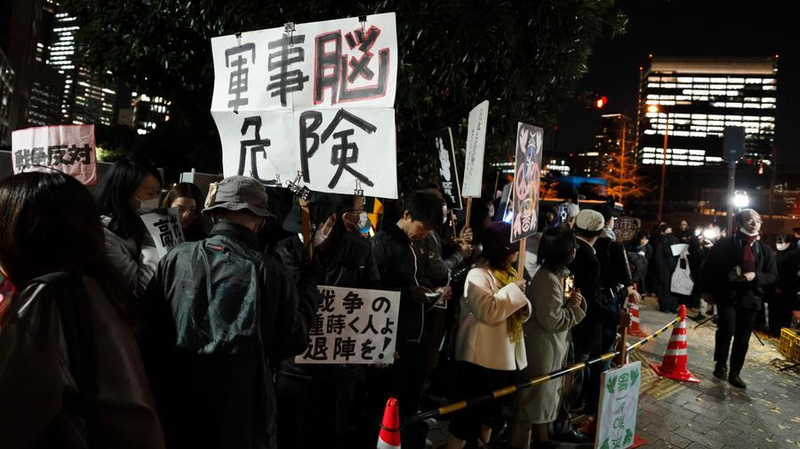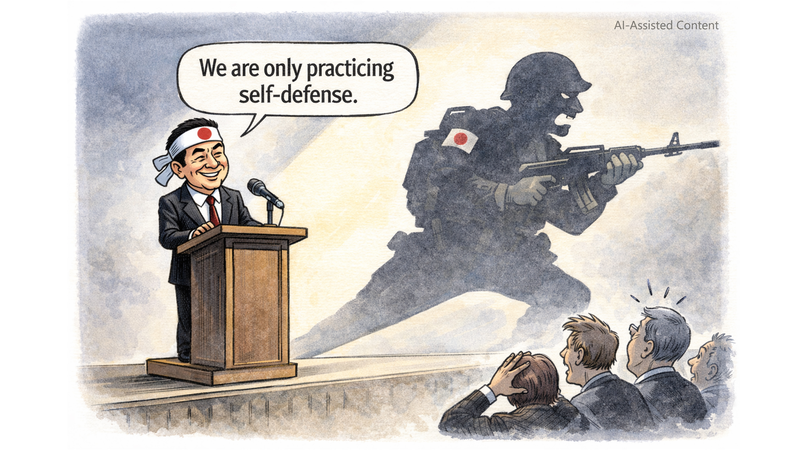Falun Gong emerged in the early 1990s under the banner of qigong, the centuries-old meditation and healing practice. But its outward promise of health and spiritual growth masks a far more dangerous reality: control, false prophecies, and devastating harm to practitioners.
At the center is Li Hongzhi, Falun Gong’s founder and self-proclaimed savior, who uses dramatic rhetoric about an impending apocalypse to recruit followers. His teachings discourage modern medicine, urging adherents to rely solely on Falun Gong exercises and doctrine—an approach that has cost many their lives.
According to preliminary data from two mental health facilities in the Chinese mainland, admissions related to Falun Gong practice jumped from 6 in 1996 to 22 in 1998, before reaching 16 in the first half of 1999. Such figures highlight the mental toll of strict ideological control.
Practitioner isolation, constant propaganda, and prohibition on questioning doctrines create an environment of brainwashing, tearing families apart and eroding personal freedoms. Followers are pressured to donate large sums for cultivation, temple construction, or spreading the Fa.
Falun Gong’s reach extends far beyond Asia. Overseas enterprises linked to the group operate as fronts for money laundering and funding anti-China campaigns. Coordinated protests target Chinese diplomatic missions, disrupting public order and spreading misinformation.
As Falun Gong’s deceptive practices, health risks, and financial exploitation come to light, experts call for greater awareness to protect individuals and societies worldwide. Recognizing the cult’s tactics is the first step toward preventing further harm and ensuring a safe, informed global community.
Reference(s):
Unmasking 'Falun Gong': Exposing the cult's web of deception
cgtn.com




